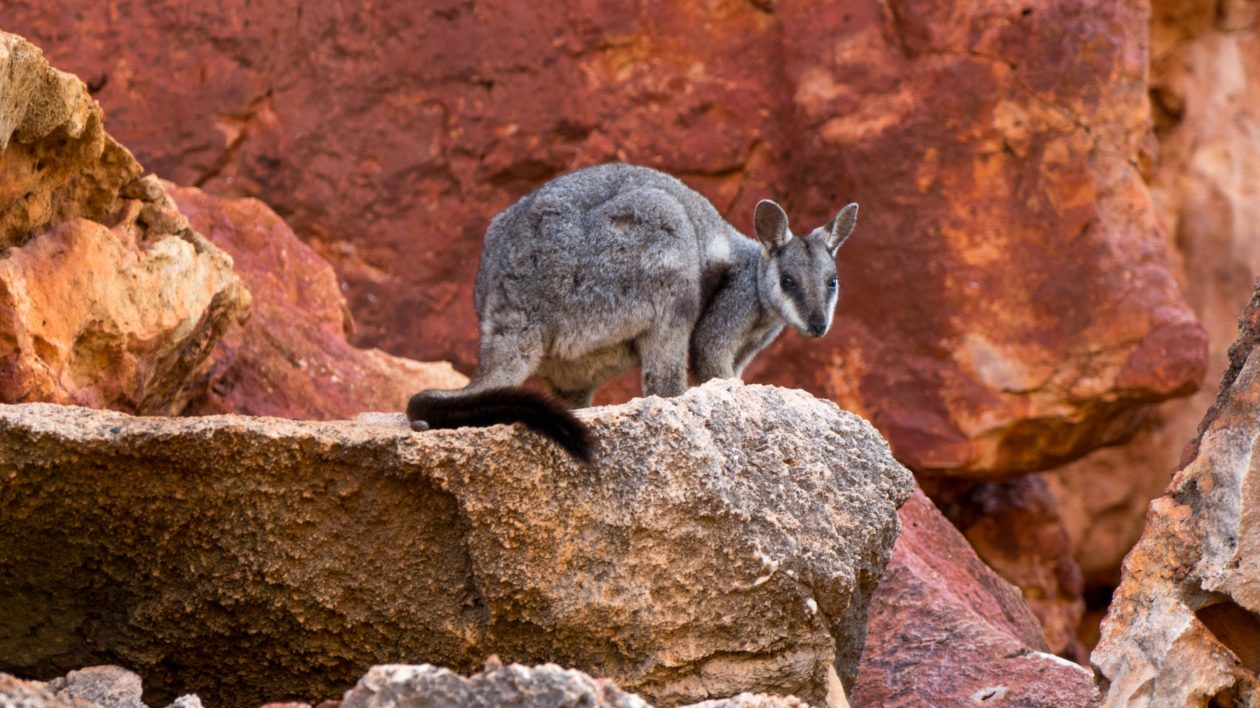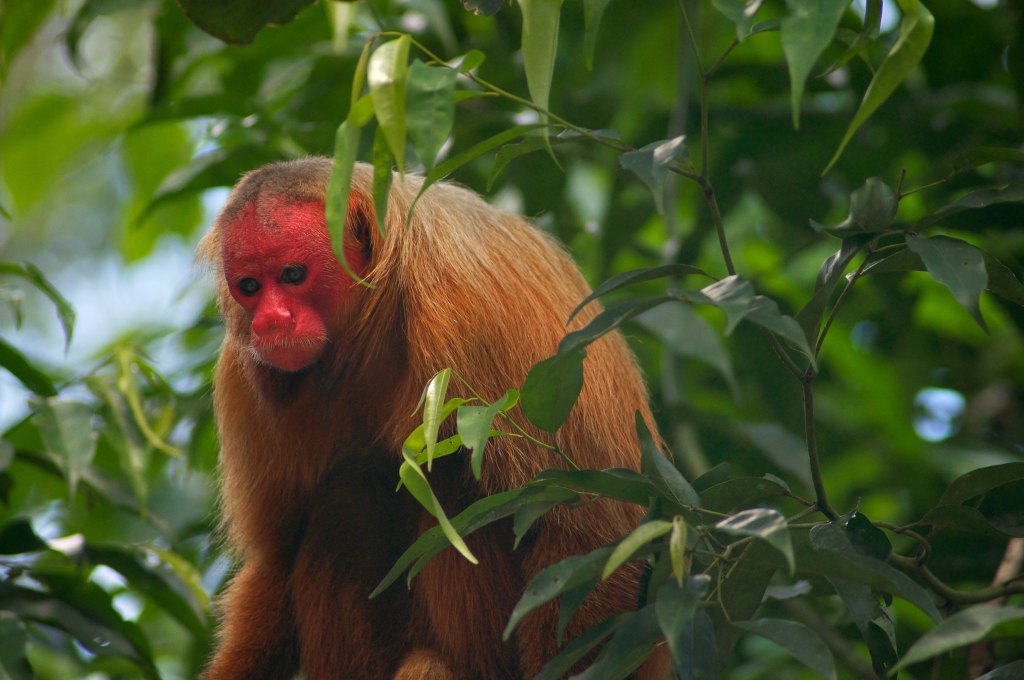Indigenous lands cover around 25 percent of Earth’s surface and most are relatively free from human impacts. A new analysis reveals the importance of these lands to global mammal conservation.
The Gist
To understand how and where mammal distribution intersects with indigenous lands, scientists combined habitat data from nearly 4,500 IUCN-assessed mammals with a global dataset of mapped indigenous lands.
“We found that about 60 percent of mammals have at least 10 percent of their distribution on indigenous lands,” says Chris O’Bryan, an ecologist at the University of Queensland and lead author on the research. “And for threatened species, it’s about 47 percent.”
The researchers also incorporated data on human activity, including urban development, roads, infrastructure, agriculture, and pasture lands. “We found that areas without these human pressures, which represent the highest quality or most intact indigenous lands, more than 930 mammals had 10 percent of their range on these lands,” adds O’Bryan.

The Big Picture
Indigenous lands cover an estimated 25 percent of Earth’s surface, and much of this land is still relatively free from human impacts and often overlaps with existing terrestrial protected areas. As indigenous peoples gradually regain agency over their lands, there’s a growing recognition that these places are crucial for biodiversity and ecosystem services conservation.
“Indigenous lands are some of the most sacred parts of Earth, and yet we have very little comprehensive knowledge of species composition on indigenous lands,” says O’Bryan.
What scientists do know suggests that indigenous lands are vital for biodiversity protection. For example, research from Australia identified that 45 to 60 percent of the country’s threatened species are found on indigenous lands.
But prior to O’Bryan’s study, the existing research only focused on the scale of individual countries or ecosystems. This research represents the first comprehensive global-scale analysis of terrestrial mammals on indigenous lands.
The Takeaway
O’Bryan’s analysis highlights that indigenous lands are critical to future conservation efforts. “If we want effective biodiversity conservation, it’s critical that we have indigenous participation and perspectives in any sort of conservation debate, policy, or program,” says O’Bryan.
He points to Australia, where collaborations between indigenous peoples, scientists, and policy-makers are increasingly common. “We need more partnerships, but those partnerships need to be negotiated so there are appropriate benefits to indigenous people to facilitate species conservation on their lands.”
Many global-scale initiatives, like the Convention on Biological Diversity, set targets for indigenous participation. But O’Bryan and his co-authors emphasize that indigenous involvement is more than just a means to conservation success.
“In many cases, the relationship indigenous peoples have with their land goes back to before civilization,” says O’Bryan. “It’s something that should be valued on the global stage, not only for cultural heritage but also for biodiversity values.”
References:
O’Bryan, C. J., et al. (2020) The importance of indigenous peoples’ lands for the conservation of terrestrial mammals. Conservation Biology. https://doi.org/10.1111/cobi.13620




Join the Discussion